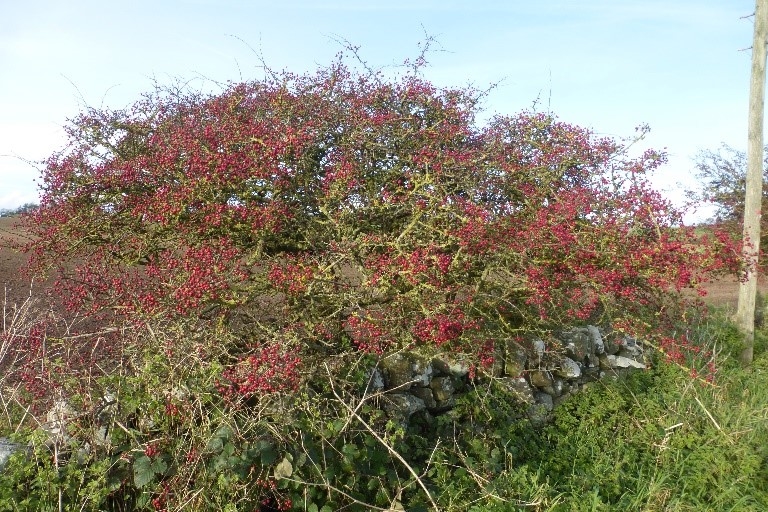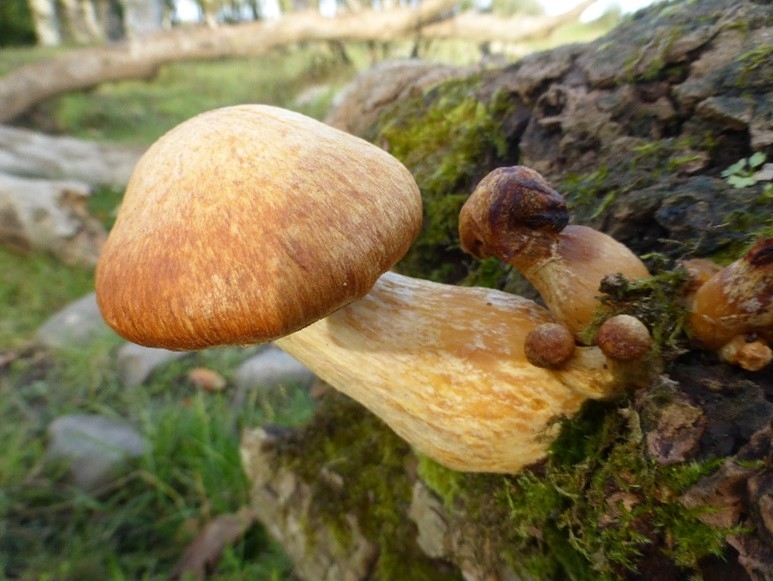It happens every year, but I forget just how much difference it makes to our lives when we change the clocks in autumn. And when it coincides with the type of weather we’ve been getting, then it comes a bit blunt. Halloween, Bonfire Night, Diwali, and dark at 4.30. But, in truth, this is a time of year that I look forward to. We can close the curtains at night and feel all snug, and grab every opportunity to get out in the daytime. Push hard against nightfall, and when you do get in, you enjoy that cosy feeling and reflect on your day. I’ve just come in from a few hours fishing at Rutland Water. It was too windy really, and I didn’t catch anything, but my face is glowing, and I feel like I’ve had a treat. I have, because right in front of me, 10 yards away, a young otter appeared. It looked at me and I looked at it whilst we both thought hard about our next actions. I knew that I wouldn’t have time to get my camera out, so I just froze and enjoyed watching it make its own assessment of the situation. It dived and moved on. I watched it surfacing every 20-30 yards as it made its way parallel to the shore, away from me. That’s only the second time I’ve ever seen one at Rutland in well over a thousand visits. Earlier, I had spotted the first Golden Eye of the winter. Look them up, they are lovely, dumpy, diving ducks. In good light the golden ring around the eye is visible, but in all lights the white cheek patch on the male is the key feature. Newly arrived for the winter.
Migration was the main agenda for the whole of October. I heard another chiff chaff in the garden during the first week of the month. Was he passing through, or staying? Then, I spent quite a bit of the month away, up in Dumfries and Galloway, and it was very marked just how much things were further into winter. We left green leaves and full trees. Up there, the colours were showing and some trees were only half full of leaves. Storm Babet hit whilst we were up there. Our cottage was on the east coast, but sheltered from the strong winds by a woodland which separated us from the shoreline. And that woodland provided welcome shelter for several birds until the storm passed. As the week progressed, we had spotted swallows in twos and threes moving with purpose in an easterly direction, but as the storm hit they were stopped in their tracks. The nearby farmyard provided plenty of food whilst they “sat” it out. The numbers visible from our kitchen window gradually increased. So too did the numbers of small birds on the hawthorn bush. During one breakfast I counted three chiff chaffs and a blackcap – all birds which would be migrating, even if not as far as Africa, and all held up in the strong easterlies. Also evident, coming the other way, were ever increasing numbers of redwings and fieldfares. I had seen only a few redwings back home, before we left, but just as the strong winds were holding up those birds going east, they offered assisted passage for those coming from the east. Watching migration in action is a special thing. A real privilege.
Immediately after that week, I was lucky to be spending a couple more days near Thornhill, looking for salmon on the River Nith. The plight of the Atlantic Salmon is well documented. Numbers are ever decreasing, and almost all rivers are now classified as being less than 60% probability of the stock being able to meet its conservation limit. I don’t know how you assess that, but I do know that there has been a marked change during the fifteen years that I’ve had any interest in it. I first began looking to catch a salmon on the River Nith some 15 years or so ago. I remember seeing lots of fish migrating (there’s that word again), up the river to their spawning grounds each time I went. This year, I didn’t see any. True, there had been very high water two weeks before, and that gives the fish the opportunity to “run” up-stream, but the salmon runs on this river usually occur later than many others, and I had hoped to see something. Interestingly, whilst most of the country were battling to keep water out of their homes, the river was at its lowest, summer levels. And the colour of autumn was all around us, full on, and wonderful to be there in amongst so many trees.

And berries! These are hawthorn. Just packed with goodness and waiting for all those redwings. Catch a bush like this one in full sun and I think how a redwing must feel. And this year we finally managed to get some rosehips picked. We have syrup AND jelly! The flavour of those hips is something really unique. Never mind the memories of school dinners and semolina pudding. When did any vitamin ever taste so good?

This is another source of winter food for the birds. This is an extremely dense layer of ivy, in flower, and downwind of it, smelling like it too! The black berries that follow will provide food for thrushes of all kinds when the rest of this year’s berries have all been eaten. The other benefit of such a dense growth is the provision of habitat for the Holly Blue butterfly. There are two broods each year, one feeding on ivy, the other on holly.

We can’t get this far into autumn without spotting the vast array of mushrooms and fungi. I couldn’t resist taking this picture. It looks like it’s an enchanted wood, and in fact it was. I didn’t see any fairies and the like, but there were several types of mushroom, and to my delight, lots of late specimens of red campion still in flower. It’s always obvious to me that the later flowers are the paler. I ought to tell you what species this is, but does it matter? Look, admire, but DON’T eat!
We’re a bit short on pictures this month, but when I look back, I don’t have many. It’s been a very busy month for me, and perhaps I’ve been spending more time doing it than recording it. Just a quick note on this year’s butterflies. It is well recorded that the numbers of Red Admirals were well up on the norm, but for me, the thing I remember about 2023 is the shortage of Small Tortoiseshell. Was it the same for you? Every year, the finer details of sightings and populations is different. Check out this winter and see if you spot any of those variations.
Thanks for reading!
Chiff Chaff


